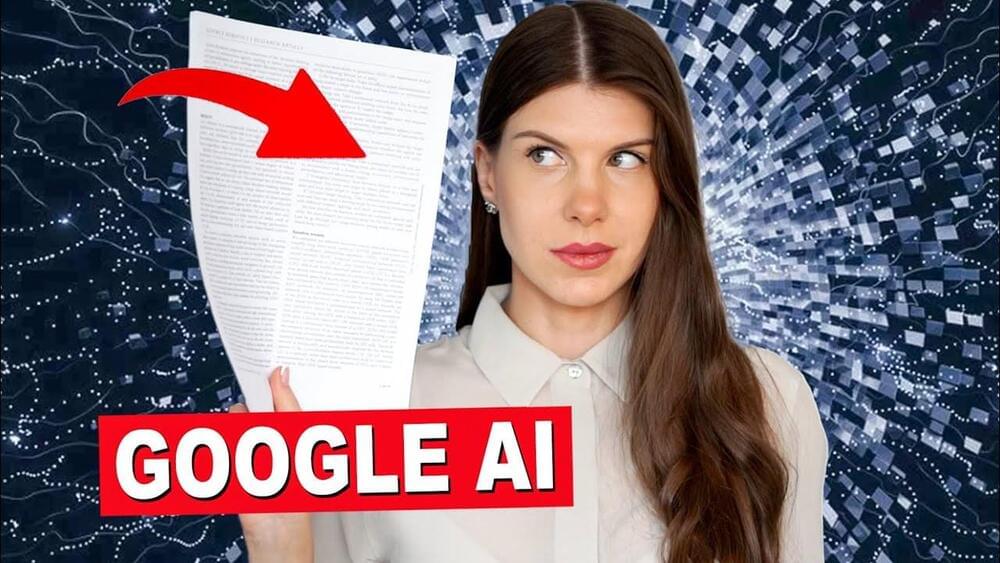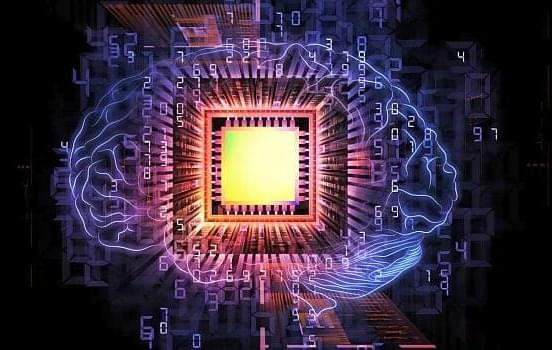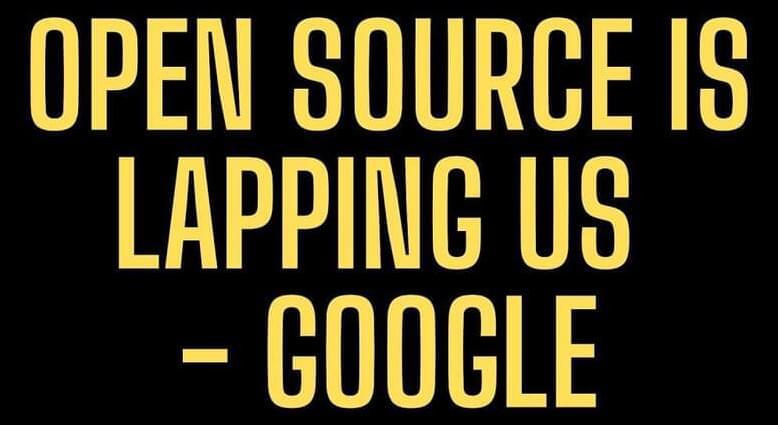In this Video I discuss if future of AI is in open-source.
The Leaked Document: https://www.semianalysis.com/p/google-we-have-no-moat-and-neither.
The Book: When The Heavens Went on Sale: https://amzn.to/3Il3rNF
Vicuna Chatbot: https://chat.lmsys.org.
00:00 — Google Has No Moat.
02:01 — A Brief History of Open-Source AI
04:03 — Is Future Open Source?
05:52 — Risks of Open Source.
07:41 — Linux is a good example.
08:54 — Soon OpenAI won’t matter.
10:14 — Giveaway.
Support me at Patreon: https://www.patreon.com/AnastasiInTech.
To participate in the GIVEAWAY:
Step 1 — Subscribe to my newsletter https://anastasiintech.substack.com.
Step 2 — leave a comment below smile
I will select 3 winners smile









